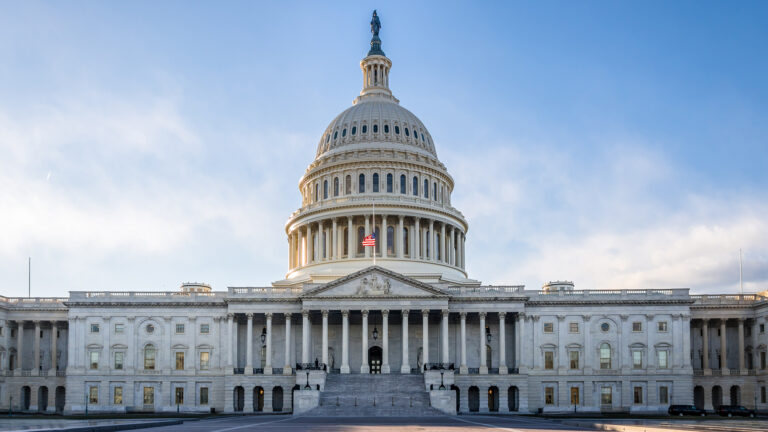By David G.
Barry
In the 10 years
since it began investing in credit, the Arizona State Retirement System
(ASRS) has clearly embraced the asset class – and more specifically private
credit.
The $50.2 billion system currently has $11.4 billion, or 22.7% of its portfolio,
in credit, making it ASRS’s second largest investment segment. And under a new
asset allocation plan that will be considered by the ASRS Board of Trustees at its
September meeting, the sector’s importance will be cemented.
Under the allocation plan approved at the August meeting of the ASRS Investment
Committee, the policy target for credit would be raised from 20% to 23%, while
real estate’s target would be reduced from 20% to 17%. ASRS had 19.6% of its
assets in real estate at the end of July.
In remarks to the investment committee, ASRS Director Paul Matson said
the system still believes strongly in real estate but sees credit – especially
private credit – as providing “somewhat more long-term liquidity and somewhat
better pricing.”
Also, in remarks to the investment committee, Deputy Chief Investment Officer Al
Alaimo said that ASRS has been overallocated to credit because it believes
“there are compelling investment opportunities to exceed” the system’s 7%
target return over an extended period.
ASRS currently has 70% of its credit portfolio in private credit, which
primarily are loans for highly leveraged middle market buyouts and M&A
transactions in the United States and Europe. The system, said Alaimo, sees
private debt as the offering the “most attractive, large-scale opportunity in
the credit markets” as it can deliver double-digit expected returns for
investors willing to accept illiquidity and when appropriate, employ leverage.
ASRS’s private debt investments are diversified by industry and primarily in
senior, secured debt, which is typically floating rate.
According to data presented at the meeting, ASRS’s credit portfolio generated a
11.3% one-year return and a 9.8% three-year return, well above its 5.8% and
6.8% benchmarks for those periods.
In contrast, the system, according to Alaimo’s presentation, does not see the
public credit markets – high-yield bonds, broadly syndicated leveraged loans
and asset-backed securities – as offering as investment opportunities that are
as attractive.
ASRS has 12% of its credit portfolio in distressed debt and the remaining 18%
in other credit strategies, which includes such things as risk-sharing
transactions, life settlements, equipment leasing, litigation finance and
infrastructure CLOs.
The new asset allocation plan also would
increase public equity by 4% to 44% of the total fund. As of June 30, it was at
36%, with domestic equity accounting for 21.4% and international equity at 14.5%.
Private equity would remain at its 10% target. It was at 12.7% at the end of
June. The plan also would decrease interest rate-sensitive strategies from 10%
to 6% – all of which would be in Treasuries. Currently, its investment rate
strategies include credit bonds and mortgage securities.












